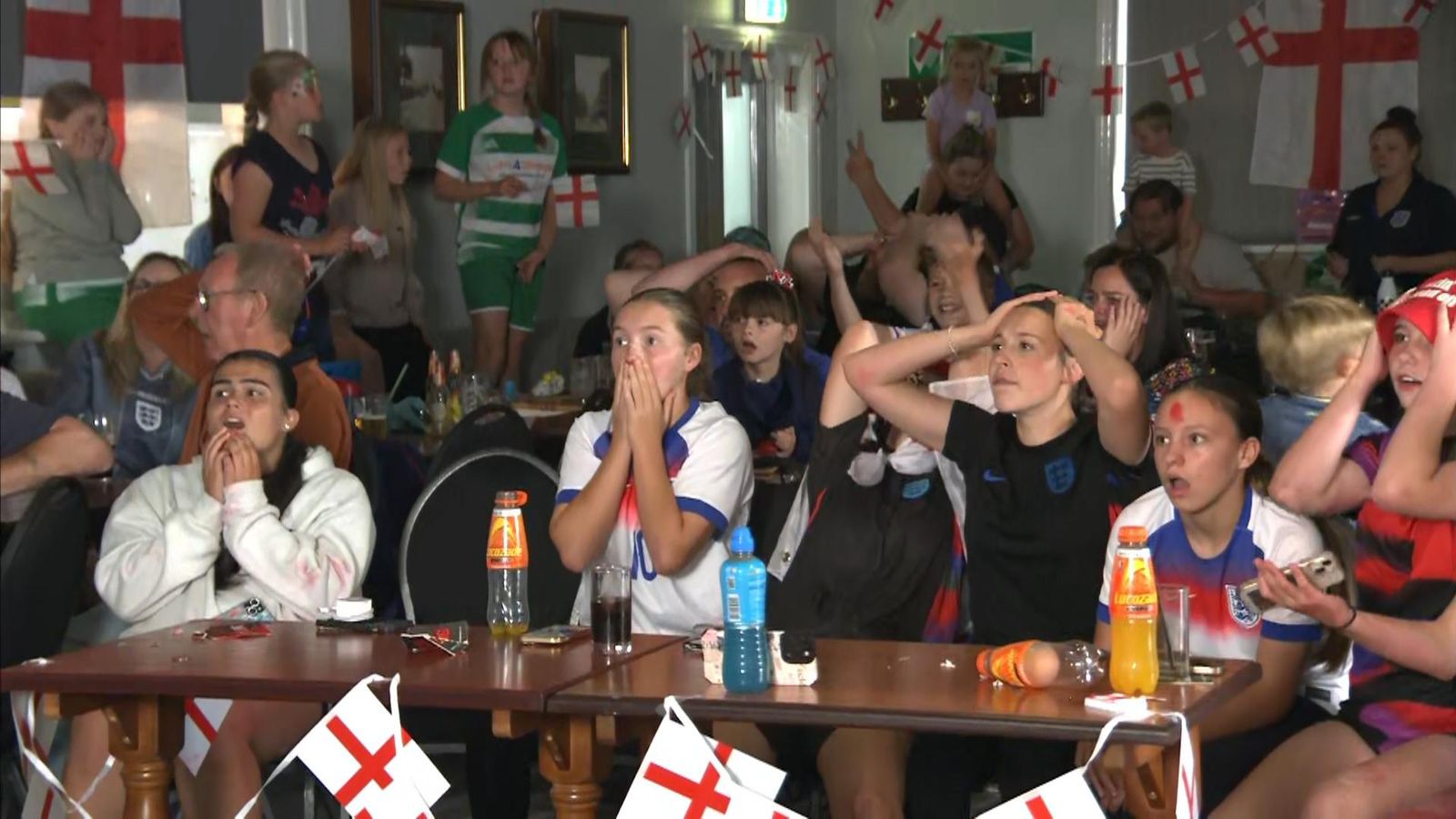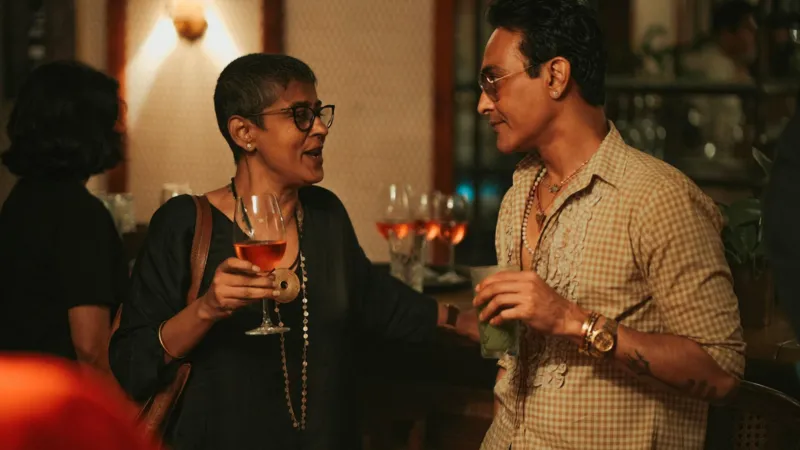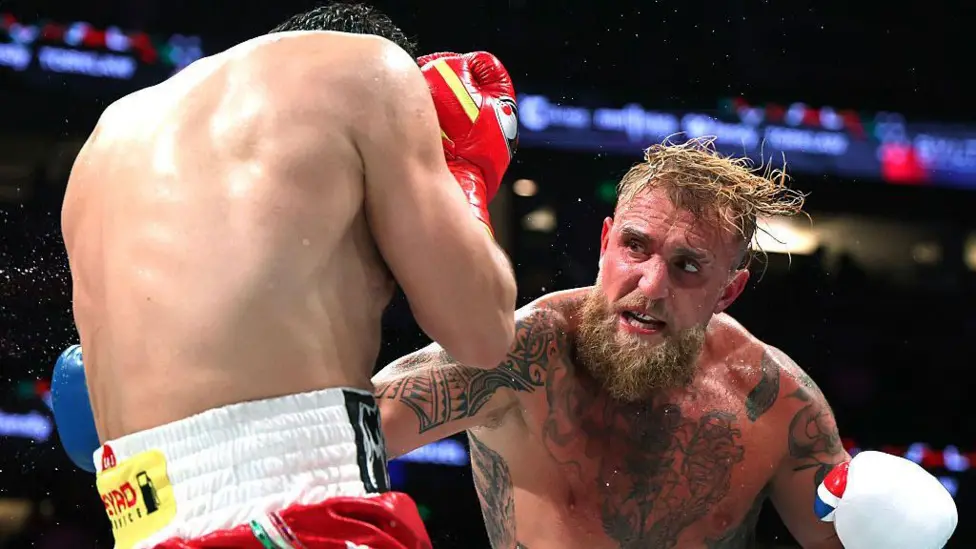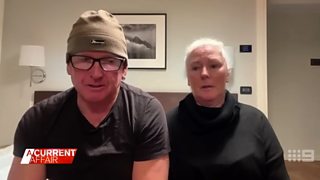Paul McCartney's unseen photographs revealed
As the "final Beatles record" is announced, personal photos of the band are revealed, chronicling an extraordinary time, as witnessed through the eyes of one man at the heart of it, writes Deborah Nicholls-Lee.
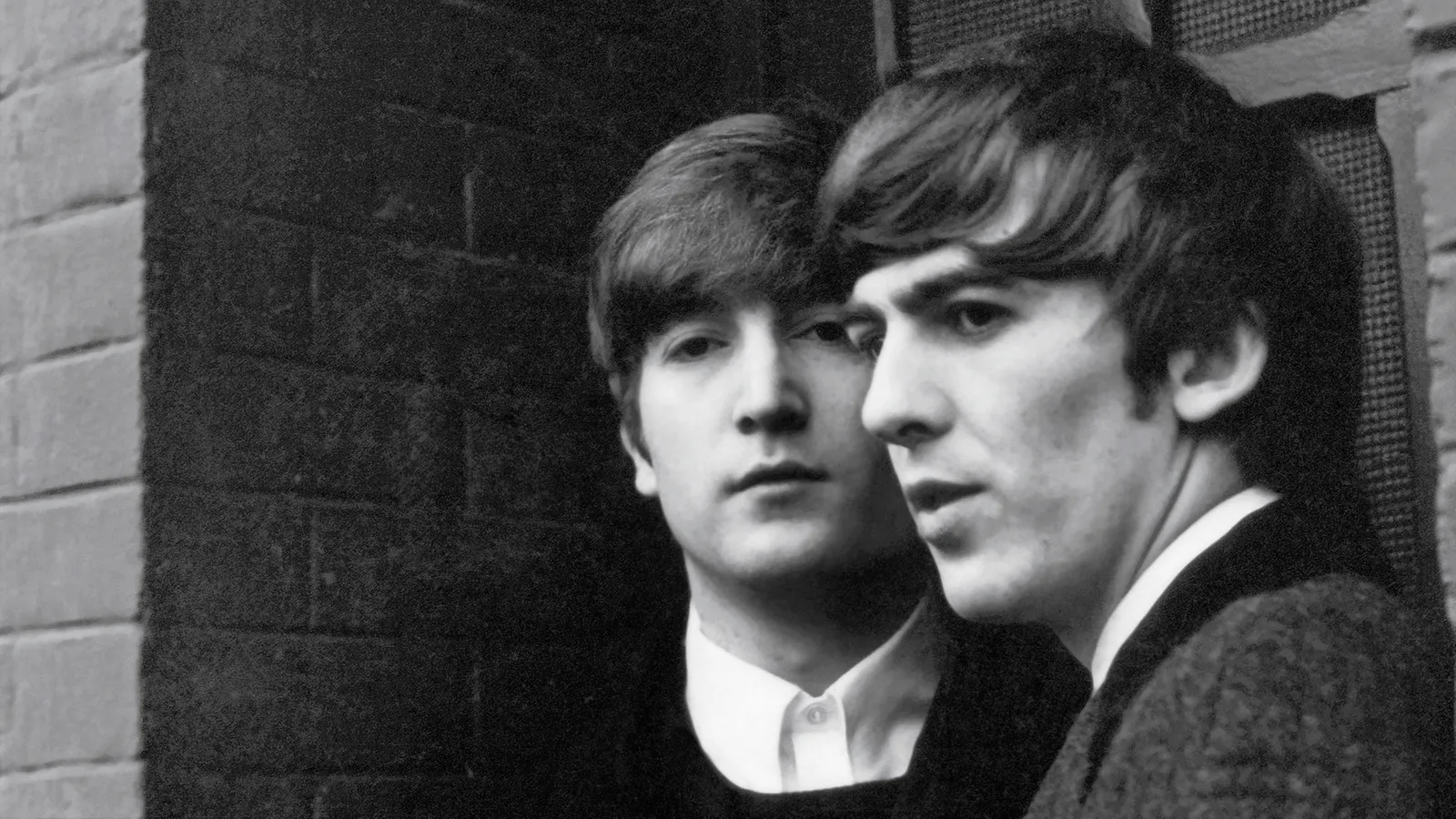
In the 60s, youth culture exploded, spawning pop music, short hemlines and screaming fans. One witness saw this exciting time closer up than almost anyone else. "Millions of eyes were suddenly upon us, creating a picture I will never forget for the rest of my life," he recalls. Sir Paul McCartney was centre stage in some of the most iconic images of the era, as Beatlemania gripped Britain and beyond. Until now, the period described by McCartney as "bedlam", "pandemonium" and "mass hysteria" has largely been recorded from the outside looking in. But what did McCartney see as he looked out?
Now, a new exhibition, Paul McCartney, Photographs 1963-64: Eyes of the Storm at London's newly reopened National Portrait Gallery, and a new book, 1964: Eyes of the Storm, feature more than 200 images taken by McCartney, rediscovered by the singer-songwriter in his production company archives in 2020. The images track his time in The Beatles from 1963 to 1964 when the band were taking off, moving from the dingy picture houses of their home city of Liverpool, to the capital cities of London and Paris, and culminating in their electrifying debut in the US, which took place in New York, Washington DC and Miami.
Younger Beatles fans, who missed the fun and furore the first time round, can soon experience the launch of what McCartney described to BBC Radio 4 yesterday as "the final Beatles record", created thanks to AI technology extracting John Lennon's voice from an unused track on an old demo tape. With The Beatles enjoying a resurgence on platforms such as TikTok and YouTube, the unnamed song, to be released later this year, will delight a flourishing fan base of Gen Z enthusiasts.
We know that the band's frenzied fans have always been enthralled by the four young men, but McCartney's photos show this fascination to be mutual. As well as off-guard moments of the band relaxing between gigs, they include snaps of the crowds they attracted, taken from a rear windscreen or hotel window − unseen images chronicling an extraordinary time as witnessed through the eyes of one man at the heart of it.
Eyes of the Storm takes its name from the eyes that were everywhere. "Who is looking at who?" writes McCartney in the book's foreword. "The camera always seems to be shifting, with me photographing them, the press photographing us, and those thousands and thousands of people out there wanting to capture this storm."
It's about Paul and the experience that he was having with his friends, who happened to be The Beatles – Rosie Broadley
Photography is to play a greater part in the refurbished National Portrait Gallery, which launches with two major photography exhibitions, starting on 22 June with Yevonde's colour photographs of the 1930s, and followed by Eyes of the Storm on 28 June. The gallery's internationally recognised photographic collection will be "much more integrated" into displays, Eyes of the Storm curator Rosie Broadley tells BBC Culture. "This enables us to tell a much more nuanced and layered narrative because the people who sit for photographs are often much more diverse."
The gallery's archives include photographs of The Beatles taken by big names such as David Bailey and Don McCullin, but these new images, where the camera has been passed back to the subject, offer a unique insight. "The essential difference is that it’s his perspective on the band and what’s happening. They were never meant to be publicised or shared. They're private," explains Broadley. "It's about what he was interested in, who he wanted to remember, and it’s not really so much about The Beatles – it's about Paul and the experience that he was having with his friends, who happened to be The Beatles."
In Liverpool, we meet a fresh-faced Cilla Black, while in Paris, McCartney seems very taken with the French actress and pin-up Sophie Hardy. Intimate pictures of the band also provide rare through-the-keyhole glimpses as John towels himself off after a swim, for example, or George puts on sunscreen. And we are introduced to the offstage players that helped make the madness happen: the roadie, the driver, the manager, the bodyguard… captured smoking, reading or napping, or fooling about with the boys during downtime. "We messed around. It kept us sane," McCartney writes.
There are surprising discoveries, too. Behind the scenes, the US tour was not always rock 'n' roll. We learn that John's wife Cynthia travelled alongside him, for example. And we meet Paul's Miami date, a modestly-dressed wide-eyed teenager who he collected, in a gentlemanly manner, from her father's office.
McCartney, a working-class lad who previously had holidayed in budget resorts in the UK, was just 21 in 1963, and the photographs reflect his unworldliness and his curiosity about the new worlds he was discovering. The novelty of travel is clear from the many photographs taken from planes and his touristy snaps of the Arc de Triomphe and the White House; while shots of posters and billboards with the band’s name on them suggest a baffled pride at their celebrity so far from home. "Looking at these photos now, decades later, I find that there is a sort of innocence about them," writes McCartney. "Everything was new to us at this point."
American dream
For McCartney, the United States was synonymous with success. "Everything we listened to was from America," he writes, describing touring the US as "the big time" and "the big prize". In many ways it lived up to the band’s expectations. Their performance on the Ed Sullivan Show on 9 February 1963 attracted a record 73m viewers and McCartney drank in the US culture, photographing the skyscrapers and flashing lights of New York and going to a drive-in movie for the first time.
After the monochrome snow scenes of Washington DC, sun-kissed Miami radiates warmth as McCartney reaches for the colour reel, and we get bright green palms, blue skies and canary-yellow beach wear. Described by McCartney as "Wonderland", Miami was a tropical paradise for the boys, who had the time of their life nipping around in convertibles loaned by MG and lounging by their private pool.
But the US revealed a darker side, too. Kennedy had been assassinated just months before on 22 November 1963 – the band arrived in the US on 7 February 1964 – and a close-up of a gun slung about a police officer's waist suggests McCartney's unease. It was, he writes, "the first time I had ever seen something like that". The band were also shocked by the racial inequality and became part of the ground shift when they refused to play to segregated audiences. "The Beatles were not the first white band to speak out against racial segregation. But no one had a platform the size of theirs," historian Jill Lepore, who wrote the introduction to 1964: Eyes of the Storm, tells BBC Culture.
The photographs have significant historical merit. They document a pivotal time in politics, animated, says Lepore, by a "far more purposeful spirit of rebellion". "Huge structural changes" were taking place, she says, pointing to the end of the draft in the UK and the lowering of the voting age to 18 in the US. The US Civil Rights Act was being passed just as colonies around the world were gaining independence; while the advent of the contraceptive pill coincided with the first steps towards equal pay legislation.
We were moving at such speed that you just had to grab, grab, grab! – Paul McCartney
"Reporters were always asking them [The Beatles] to make sense of that world, and all its changes, and I just love how they refused to participate in that," says Lepore. "There's this one moment, when The Beatles are in Washington, DC, and a reporter asks, 'What place do you think this story of The Beatles is going to have in the history of Western culture?' And Paul says, 'You must be kidding.' It's just so beautiful. The irreverence right back."
For photographers, however, McCartney had great respect and curiosity. "I often took pictures of them, not so much for revenge, but because they were interesting people," he writes. The band selected exceptional photographers to tour with them. Harry Benson, Dezo Hoffman and Robert Freeman all feature in McCartney's photographs, and when they were behind the lens, McCartney would watch them at work, eager to learn from their artistry.
The images in Eyes of the Storm were taken with a 35mm Pentax, and include modern prints made from negatives and enlarged images taken from contact sheets. Several bear the scratchy cross of McCartney's chinagraph pencil, where he has marked out his favourite shots. Some pictures, such as a grinning Ringo Starr and a self-portrait in the mirror, are blurred. Sometimes this was deliberate and sometimes it was because there was simply no time. "We were moving at such speed that you just had to grab, grab, grab!" he writes.
Though an amateur, McCartney's aptitude is noteworthy. "Not only has he absorbed the ideas around photojournalism… the Cartier-Bresson idea of capturing that decisive moment, he's already looking to frame shots, looking for interesting angles," says Broadley, who helped select the photos for the exhibition from a pool of almost 1,000. "He understands what makes a good portrait, he’s quite good at placing a figure in space, [and] he's interested in architecture and the interesting perspectives you can get."
Occasionally, he hands his camera to someone – a manager, roadie or bandmate – and there he is, McCartney himself, performing on stage or posing for press shots, the familiar doe-like eyes peeping out from the mop-top haircut.
"We were just wisecracking guys, and we had fun with each other whatever we did and wherever we went. I think this comes across in my photos," writes McCartney in the book's closing chapter. "Words cannot describe what happened to us, but imagine every dream you’ve had coming true, and you might get close."
-bbc



